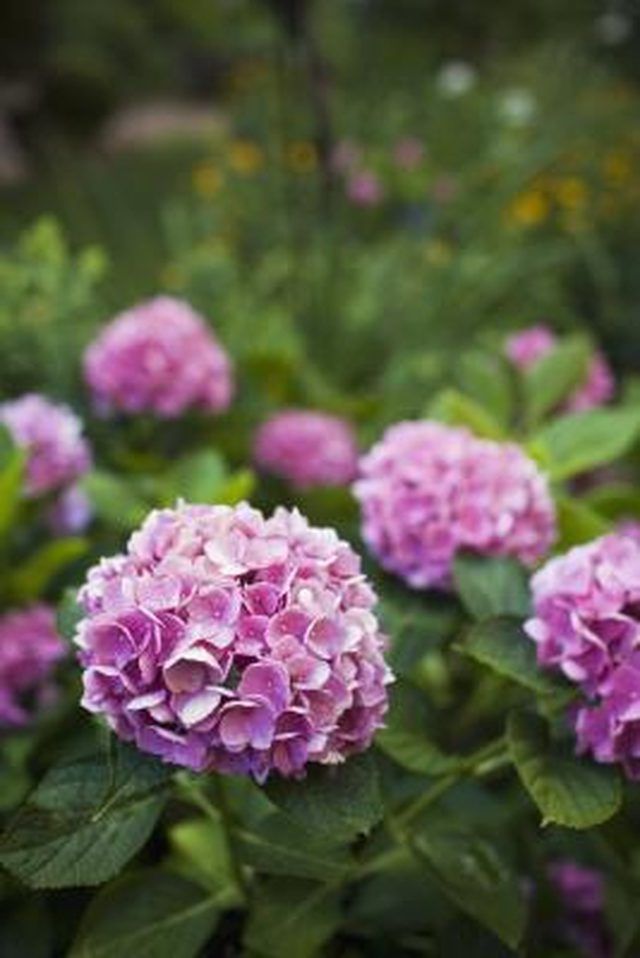Bulbs
Flower Basics
Flower Beds & Specialty Gardens
Flower Garden
Garden Furniture
Garden Gnomes
Garden Seeds
Garden Sheds
Garden Statues
Garden Tools & Supplies
Gardening Basics
Green & Organic
Groundcovers & Vines
Growing Annuals
Growing Basil
Growing Beans
Growing Berries
Growing Blueberries
Growing Cactus
Growing Corn
Growing Cotton
Growing Edibles
Growing Flowers
Growing Garlic
Growing Grapes
Growing Grass
Growing Herbs
Growing Jasmine
Growing Mint
Growing Mushrooms
Orchids
Growing Peanuts
Growing Perennials
Growing Plants
Growing Rosemary
Growing Roses
Growing Strawberries
Growing Sunflowers
Growing Thyme
Growing Tomatoes
Growing Tulips
Growing Vegetables
Herb Basics
Herb Garden
Indoor Growing
Landscaping Basics
Landscaping Patios
Landscaping Plants
Landscaping Shrubs
Landscaping Trees
Landscaping Walks & Pathways
Lawn Basics
Lawn Maintenance
Lawn Mowers
Lawn Ornaments
Lawn Planting
Lawn Tools
Outdoor Growing
Overall Landscape Planning
Pests, Weeds & Problems
Plant Basics
Rock Garden
Rose Garden
Shrubs
Soil
Specialty Gardens
Trees
Vegetable Garden
Yard Maintenance
How to Grow Hydrangeas in Ontario
How to Grow Hydrangeas in Ontario. Hydrangeas are deciduous shrubs that produce pink or blue flowers. Also known as bigleaf or French hydrangeas, these shrubs are hardy up to U.S. Department of Agriculture Plant Hardiness Zone 6, which includes much of southern Ontario, Canada.

Hydrangeas are deciduous shrubs that produce pink or blue flowers. Also known as bigleaf or French hydrangeas, these shrubs are hardy up to U.S. Department of Agriculture Plant Hardiness Zone 6, which includes much of southern Ontario, Canada.
Colors
The color of a hydrangea will depend on the soil where it's grown. If your soil is acidic, the plant will produce blue flowers, while alkaline soil results in pink blooms. The presence of aluminum in the soil is what determines the coloration, according to the Clemson University Cooperative Extension.
Light
Plant your hydrangeas in a place that gets sun in the morning but shade in the afternoon. Planting in hot, dry locations will result in stunted growth and no flowers.
Moisture
Hydrangeas should be planted in well-drained, organic soil. Keep the soil around your hydrangea moist at all times, but do not over-water. Soggy or waterlogged soil can promote root rot or other diseases.